Nickel-Cadmium (NiCad) batteries have been a reliable power source for decades, widely used in various applications—from portable electronics to power tools and emergency equipment. In this article, we explore the key technical specification of a NiCad battery: its cell voltage, along with insights into its performance, chemistry, and practical applications.
Nickel-Cadmium batteries consist of individual cells that use nickel oxide hydroxide and metallic cadmium as active electrodes. A standard NiCad cell operates through an electrochemical reaction between these materials and an alkaline electrolyte. This robust chemistry translates into several reliable performance characteristics such as high discharge rates and the capacity to deliver a steady voltage over time.
A single NiCad battery cell has a nominal voltage of 1.2 volts. This figure is the standard value used by manufacturers and engineers when designing battery systems and determining the number of cells needed for a particular voltage output in battery packs.
While the nominal voltage is generally listed as 1.2 V, it is important to note that the actual voltage can vary slightly:
- Fully Charged: When a NiCad cell is fully charged, the voltage might register slightly above 1.2 V.
- During Discharge: As the battery is used, the voltage will drop gradually, depending on the load and the cell's age.
- Under Heavy Loads: High-current demands may cause the voltage to sag, affecting performance for short periods.
Several factors can influence the voltage performance of a NiCad battery cell:
- Age and Cycle Count: Over many charge-discharge cycles, the effective voltage may diminish as the cell's capacity decreases.
- Temperature: Extreme temperatures can affect the chemical reactions within the battery, temporarily altering cell voltage.
- Charge Level: The battery's state of charge significantly impacts the exact voltage at any given moment.
- Load Conditions: Under high load conditions, internal resistance can cause a temporary drop in voltage.
Understanding these factors helps users and engineers design systems that account for such variations, ensuring device reliability across different operating environments.
It is also helpful to compare NiCad cells with alternative technologies such as Nickel-Metal Hydride (NiMH) and Lithium-Ion (Li-ion) batteries:
Often have a nominal voltage of 1.2 V as well, but their internal chemistry affords better energy density and less pronounced memory effects compared to NiCad.
Offer a higher nominal voltage (typically around 3.6 to 3.7 V per cell) and a higher energy density, making them preferable in portable electronics and applications where weight and size are crucial.
These cells generally operate at around 2 V per cell, commonly used in automotive and stationary energy storage applications. Their chemical processes and design principles differ substantially from NiCad systems.
Understanding these differences is crucial for anyone designing battery-powered systems or choosing the correct battery for a specific application.
NiCad batteries are particularly popular in scenarios where robustness and reliability are paramount. Some common applications include:
The ability of NiCad cells to handle high discharge rates makes them ideal for power tools that demand bursts of high power.
Many emergency lighting systems and backup power supplies rely on NiCad batteries due to their stable voltage output over extended use.
Older models of cordless phones, cameras, and toys were often powered by NiCad batteries before newer chemistries emerged.
Despite their historical significance, NiCad batteries are gradually being replaced by newer technologies in many applications; however, they remain in use where durability and a proven track record are needed.
To get the most out of NiCad batteries, consider the following maintenance tips and usage guidelines:
- Avoid Deep Discharge: Regularly deep discharging NiCad batteries can accelerate the memory effect—a phenomenon where the battery “remembers” the point of discharge and loses effective capacity.
- Regular Charging: Keeping your NiCad batteries in a partly charged state is preferable; frequent shallow discharges and recharges help extend the overall life span.
- Temperature Management: Store and operate NiCad batteries within recommended temperature ranges to avoid voltage irregularities and capacity loss.
In summary, a NiCad battery cell has a nominal voltage of 1.2 V, a figure that is fundamental to the design and application of these batteries. Whether used in power tools, emergency systems, or older consumer electronics, understanding the voltage characteristics and associated behaviors of NiCad batteries is essential to optimizing performance and longevity.
By considering factors like temperature, load conditions, and proper charging techniques, users can maintain peak battery performance. While newer battery chemistries are taking center stage, NiCad batteries continue to serve niches that value reliability and durability.
For further information on battery technology, maintenance tips, and product comparisons, continue exploring expert reviews and technical resources in battery design and electronics.

 Ni-MH Battery C4700mAh 3.6V
Ni-MH Battery C4700mAh 3.6V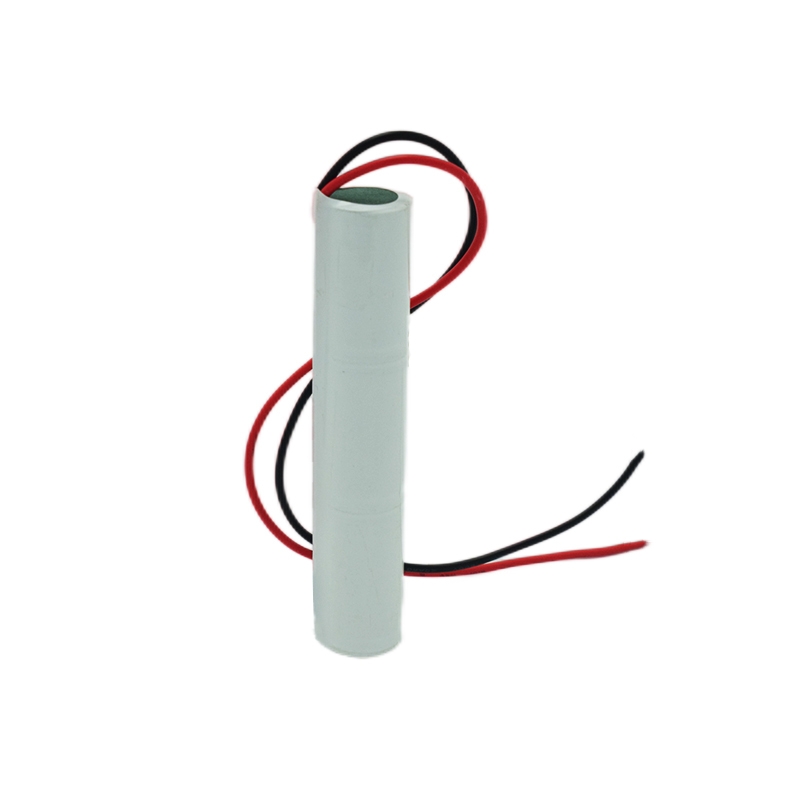 Nickel Cadmium Nicd Battery Pack SC1800mAh 3.6V
Nickel Cadmium Nicd Battery Pack SC1800mAh 3.6V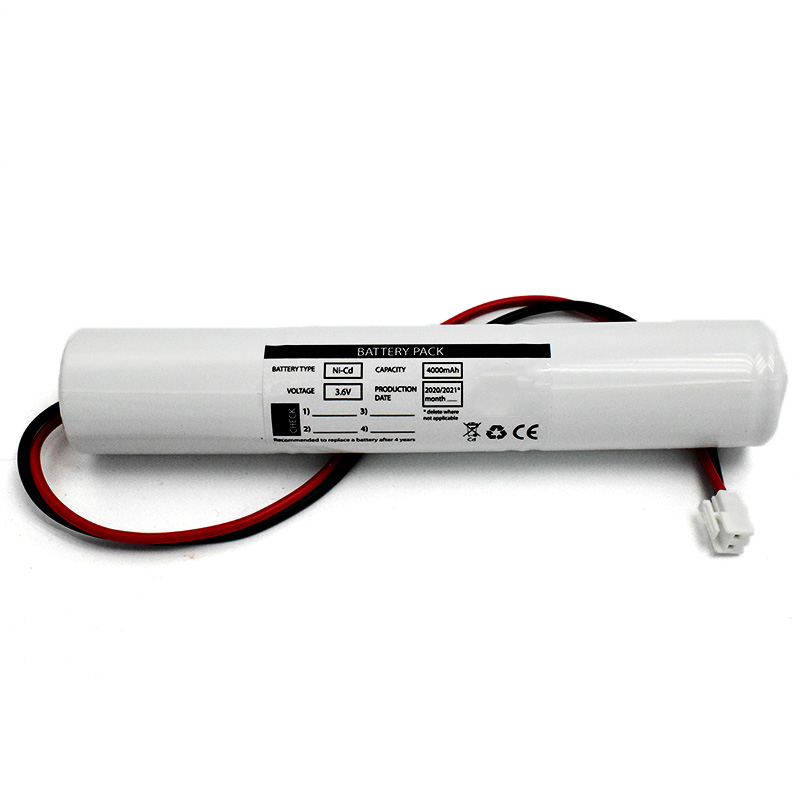 Ni-Cd Battery Pack D4000mAh 3.6V
Ni-Cd Battery Pack D4000mAh 3.6V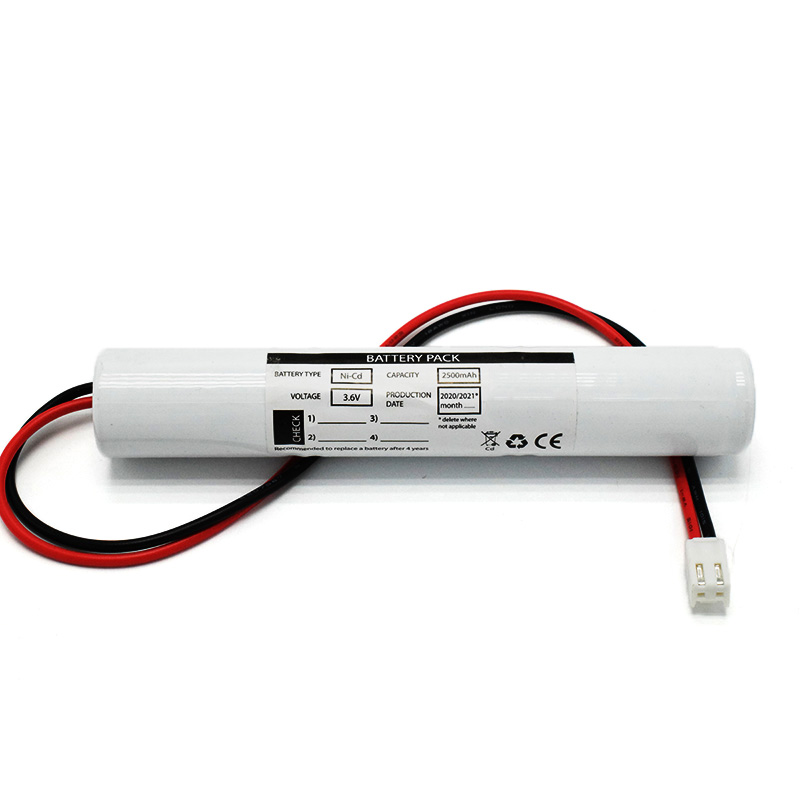 Ni-Cd Battery Pack C2500mAh 3.6V
Ni-Cd Battery Pack C2500mAh 3.6V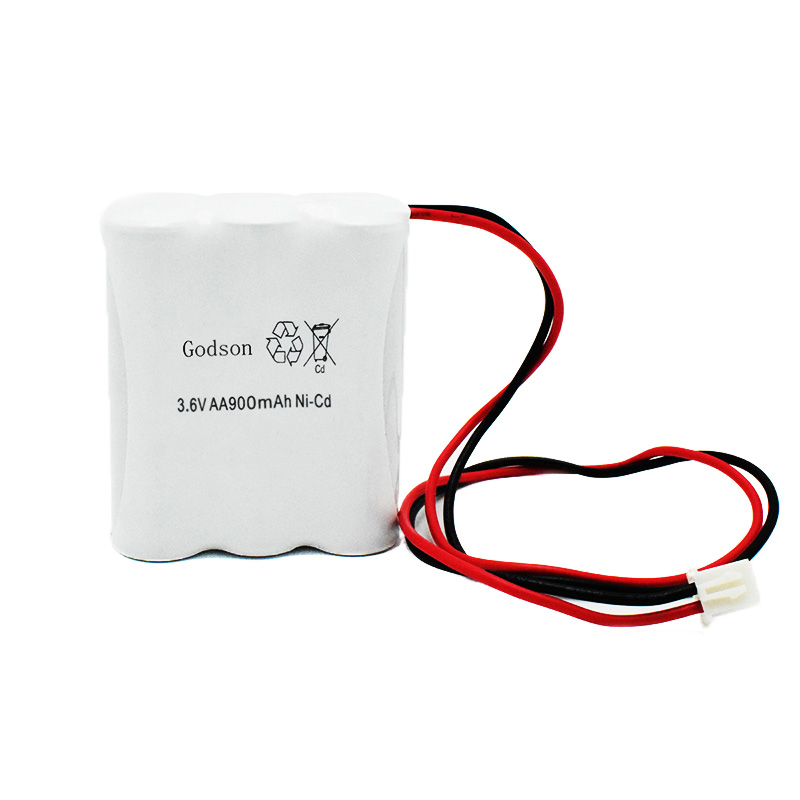 NICAD Battery Pack AA900mAh 3.6V
NICAD Battery Pack AA900mAh 3.6V LiFePO4 IFR18650 1600mAh 3.2V
LiFePO4 IFR18650 1600mAh 3.2V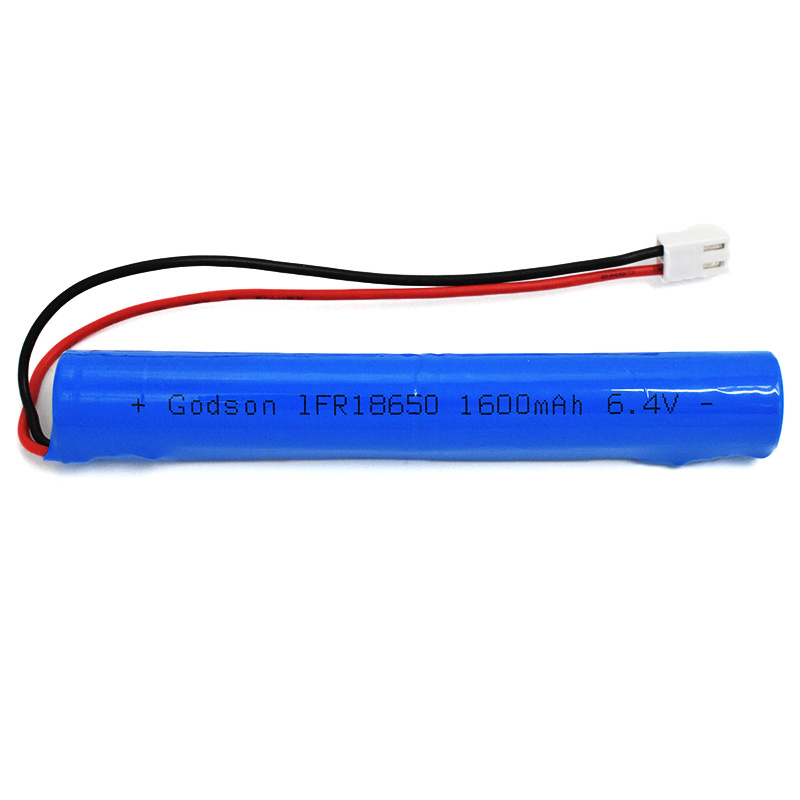 LiFePO4 IFR18650 1600mAh 6.4V
LiFePO4 IFR18650 1600mAh 6.4V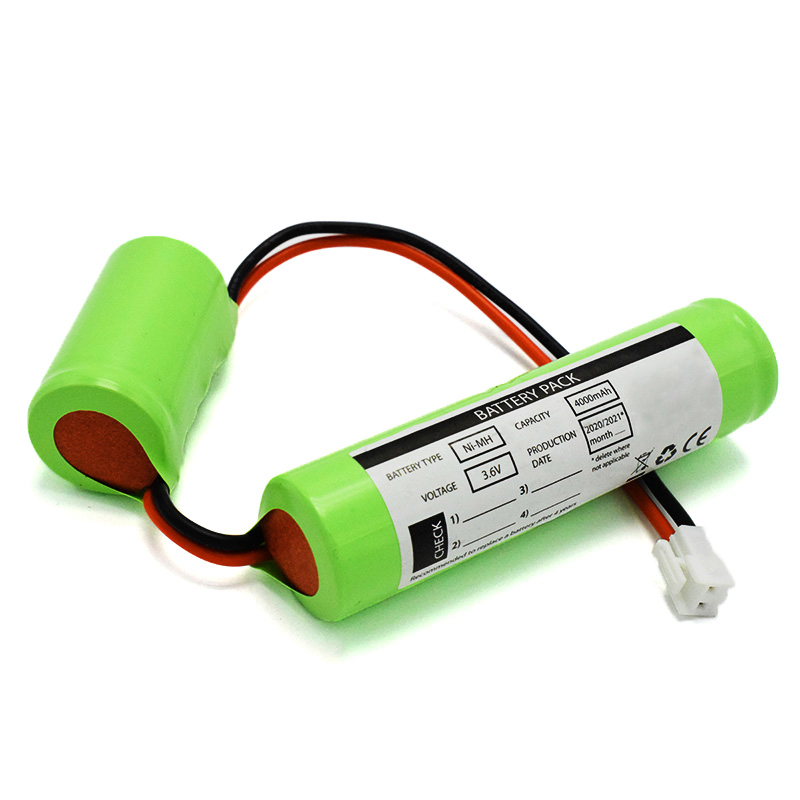 Ni-MH Battery C4000mAh 3.6V
Ni-MH Battery C4000mAh 3.6V E-bike Battery 48V 10Ah JL-1
E-bike Battery 48V 10Ah JL-1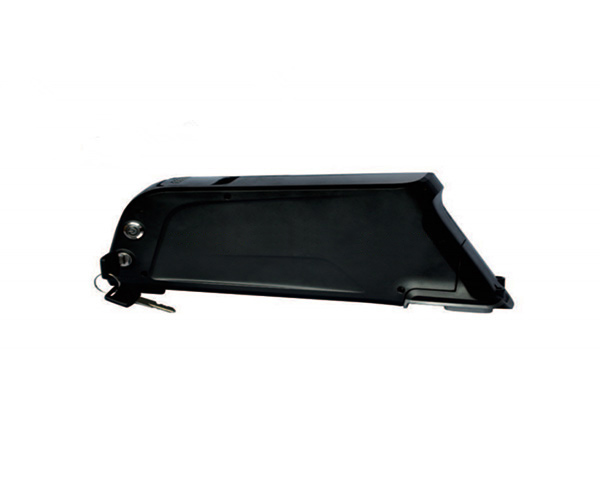 E-bike battery 48V 10Ah Qing Tian
E-bike battery 48V 10Ah Qing Tian